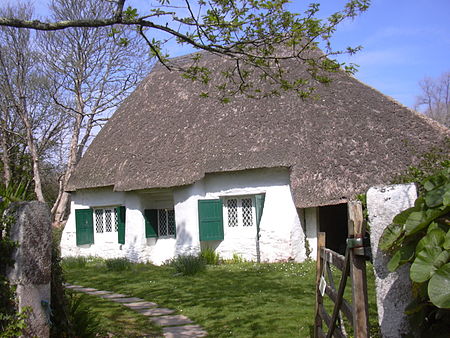Come-to-Good
Cornwall geography stubsHamlets in Cornwall

Come-to-Good is a small settlement in Cornwall, England, United Kingdom. It consists of a farm, seven residential houses and a Quaker Meeting House, built in 1710. It lies on the Tregye Road between Carnon Downs and King Harry Ferry. The boundary between Feock parish to the south and Kea parish to the north runs along the Tregye Road, south of the Meeting House and its burial ground and curves northward to the west, along the path of the stream and to the east, along the track to Penelewey. The Tregye Campus of Truro College is nearby.
Excerpt from the Wikipedia article Come-to-Good (License: CC BY-SA 3.0, Authors, Images).Come-to-Good
Tregye Road,
Geographical coordinates (GPS) Address Nearby Places Show on map
Geographical coordinates (GPS)
| Latitude | Longitude |
|---|---|
| N 50.2222 ° | E -5.0675 ° |
Address
Tregye Road
Tregye Road
TR3 6QR , Feock
England, United Kingdom
Open on Google Maps








